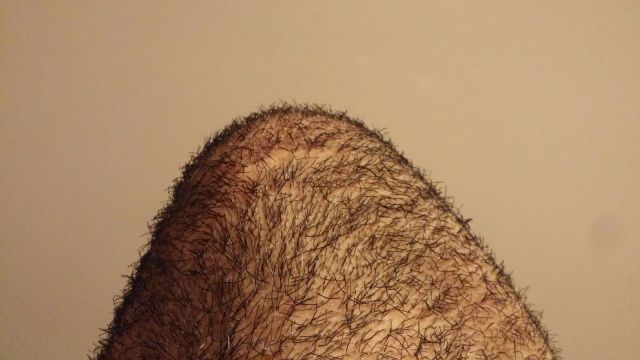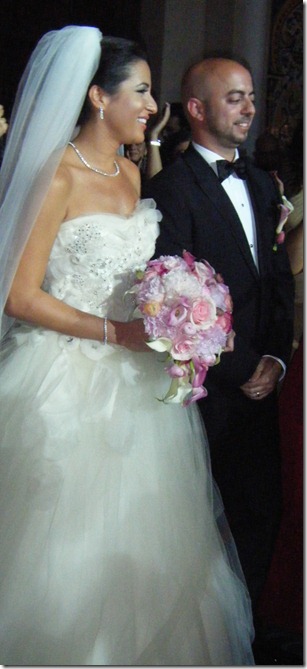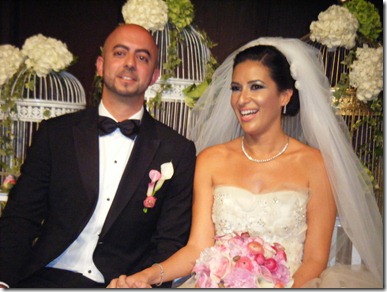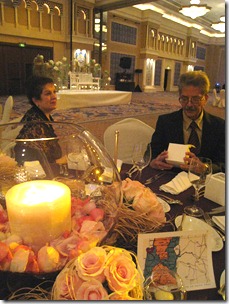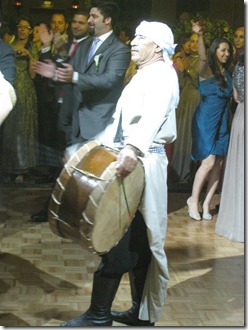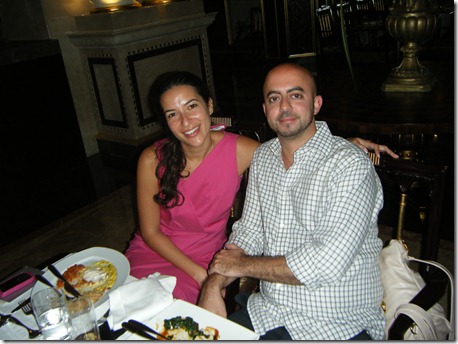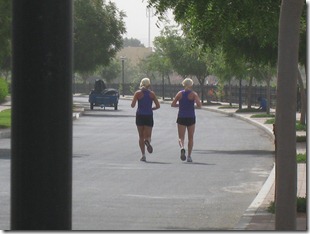I’ve been practicing a certain type of meditation for more than two years now, and it has brought countless benefits into my life. I’m writing this post to answer the most frequent questions that people ask me about this practice, so here goes.
What is meditation?
There are many types of meditation. The one I practice is called “vipassana”, which is a Pali word that means “to see things as they really are”. Practicing vipassana allows you to experience impermanence on the level of your bodily sensations. Simply put, it helps you experience how everything comes and goes, moment to moment. Knowing this on the deepest experiential level allows you to “let go”, “be with the moment”, and all that stuff you read in self-help books.
Are you saying self-help books are useless?
The thing is, you won’t become happy by listening to someone talking about it, or by reading this blog post, or by reciting wise words someone else came up with. Reaching “happiness” takes rigorous effort and continuous practice. It takes will power and discipline. Of course the words help, for that is how you absorb the information, and information empowers you. But ultimately, you need to put the words into action regularly and continuously in the direction that these words point to. Otherwise, they are just words, and you will not benefit from them.
Well, I don’t need some technique to help me!
If you need to better your health, don’t you consult a doctor – or at least, Google? To better your physique, a sports coach; to better your diet, a dietitian. All these experts provide techniques on how to better that specific aspect of your life. A meditation teacher gives you a technique that trains your mind, which is the primary source of suffering and misery.
I’m neither suffering nor am I miserable. I’m already happy the way I am.
It’s great that you’re already happy – don’t you want to become happier? 🙂
Fine, but you’re talking about Buddhism. I’m a Muslim/Christian/Atheist/Skeptic.
Vipassana was taught by the Buddha, that is a fact. But I like to insist that what he taught is simply a mental exercise. That’s it. He was not interested in starting an organized religion. He was interested in liberating people from suffering.
There’s nothing religious or sectarian about vipassana. It’s like doing sports, except that the benefits are far superior. It’s like riding a bike: hard at first, but once you “get it”, there’s no turning back, you’ll know how to do it and you’ll enjoy doing it.
How did you learn it?
Ironically, I picked up a self-help book which, to be fair, had some interesting insight into the impermanence of thought, and how one should try to observe those thought patterns and drop them. But it was extremely lacking in any practical techniques. Thankfully, someone recommended another book which was all about the technique itself. It was (relatively) smooth sailing from there, since the technique is simple, and all you have to do is keep practicing.
I mention a number of resources for reading more about vipassana meditation at the end of this post.
How do I start?
Before you can practice vipassana meditation, there are two prerequisites. The first is living a moral life. The traditional five rules to living a moral life are:
1. Don’t kill
2. Don’t lie
3. Don’t steal
4. Don’t engage in sexual misconduct (rape, infidelity, or any other sexual act which hurts you or other people)
5. Don’t take intoxicants.
That means: be kind (to yourself, first and foremost), forgive (yourself, first and foremost), and exercise control over your addictions (whether they are drugs, alcohol, cigarettes, other people, talking about other people, sex, work, etc).
And the second prerequisite?
It’s learning how to stabilize your mind, ie, gain the power of concentration. This is the basic tool which will allow you to practice vipassana effectively.
There are many concentration exercises. This is the one I practice:
1. Sit down in any posture with a straight neck and back. Be still. Don’t move. But if you really need to change your posture after a while, go ahead. Then go back to being still.
2. Focus your entire attention on the area below the nostrils and above the upper lip.
3. Be aware of your natural breath coming in and out. Don’t try to alter the breath, just observe it.
4. Don’t “follow” the breath, ie, don’t move your attention; keep your attention fixed on the area below the nostrils, above the upper lip, and watch the breath come and go in that limited area.
– Do this for at least 30 minutes everyday.
– Of course, thoughts will distract you from your mission, so whenever that happens, gently come back to awareness of the breath (remember, be kind and forgive yourself if you’re not good at it right from the start).
– If you find that you’re not staying with the breath at all, not even for a few seconds per sitting, then do some slightly hard, intentional breathing and observe that. You can definitely notice the breath coming in and out when you intentionally do it. Do that for a minute or two, then go back to natural breath.
Tip: You need to commit. You need to practice daily. Everyday, set an alarm to go off in 30 minutes, and promise yourself that you won’t end your practice until the alarm rings. Otherwise, there is no benefit.
How do I know that my concentration is improving?
The criteria is how long you can remain aware of the breath coming in and out in a single stretch of time. So, if you can remain aware of the breath for 10 seconds at a time without major distractions, keep going! Try to go for a minute at a stretch. If you can do a minute, try for 10 minutes without any interruption, and so on.
I can be aware of the breath, but thoughts keep trying to distract me! And there’s an itch in my armpit that doesn’t want to go away. And I’m hungry, I need to go eat!
That’s why I said “remain aware of the breath without major distractions“. In the beginning stages, there will always be distractions. There’s always something going on either in your head or on your body. A silly thought, an annoying itch you can’t scratch (because you can’t move during your sitting, remember?), or a stomach growl that reminds you of yummy food. But that’s what the whole thing is all about! You’ve go to fight those urges and stick to the breath. It’s a mental exercise to establish will power and concentration.
So there will be distractions, but your job is to put those distractions “in the background”, and keep the center of attention on the breath.
Tip: you will notice how most distractions during your concentration exercise are thoughts about things you regret or fear or desire or worry about. That’s why living a moral life (the first prerequisite) is so important, since living “the good life” will make you regret less, fear less, desire less, and worry less. Hence, it will allow you to gain concentration more.
Cut to the chase already, how do I practice Vipassana?!
The specific vipassana meditation technique that I practice can only be learnt by taking a 10-day course at one of the meditation centers around the world. Having a qualified teacher to guide you (which I am not) is crucial to learning the technique properly. So if you’re really into it and you want to give it an honest shot, take a 10-day course.
Sorry! I guess you were expecting a less ambiguous answer!
It’s OK, I forgive you. But can’t I at least read about it?
Sure you can. But remember, reading is not the same as practicing. Here are the resources I came across while exploring vipassana:
An all-inclusive introduction, videos, and Q&A: http://www.dhamma.org/
A great introductory book that explains meditation simply in both theory and practice: http://www.vipassana.com/meditation/mindfulness_in_plain_english.php
A no-nonsense, very technical book that covers almost everything you need to know about mastering what the Buddha taught (a bit advanced, for serious readers only): http://integrateddaniel.info/book/
How can I join a 10-day course?
Go here and look for “Worldwide Course Schedules”. The courses are purely donation-based, so all you have to do is show up and commit to finishing the 10 days. Once you’ve completed the course, you can choose to donate if you found the technique helpful.
Tip: If you spend 3-6 months practicing morality and concentration before going to the 10-day course, you will benefit so much more during the course when you start practicing vipassana.
Wait, so is this all about “enlightenment”? Nirvana?
Nirvana, which translates roughly to “enlightenment”, is to realize impermanence at the deepest level, thereby releasing yourself from the bondage of suffering, and cultivating deep compassion for all beings. It’s a shift in your very being that comes after practicing meditation for a duration of time.
Isn’t that just for prophets and saints?
Nope. The thing is, anyone can do it. It’s possible. There are thousands of people out there who have reached it, and so can you.
If you’re someone who looks up to people like Jesus, Mohammed, or any other saintly beings – you admire their wisdom, strength, and kindness; you cherish them as role models; you try your best to follow in their steps – then meditation will certainly help you do that better than ever before.
If you’re someone who is not sure what life is all about, doesn’t see any purpose to it all, or feels like “it’s all a bunch of bull”, then meditation will teach you to appreciate the bull anyway 🙂
If you’re someone who’s already happy and doesn’t feel the need for any self-improvement, good for you! Please let me know how you do it.
In short, vipassana meditation is an incredible tool for “living life to the fullest”. For me, it’s the ultimate tool. It could be for you too.

